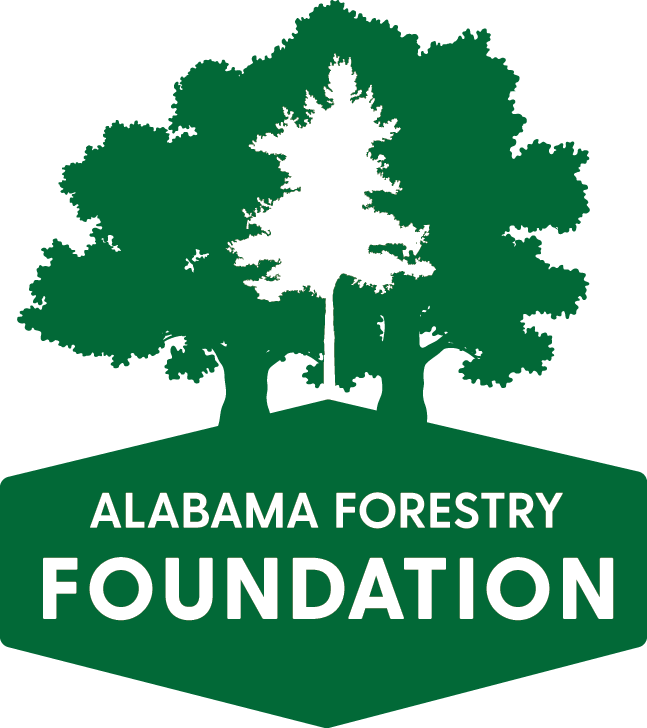
Buildings and their construction account for 39% of global carbon dioxide emissions; 28% of those emissions come from operational carbon – or from the energy used to power, heat and cool a building.
Reductions in operational carbon are tackled through energy efficiency measures and are where policymakers, developers, architects and engineers have made significant advances. The remaining 11% of carbon emissions are from building materials and construction. This “embodied carbon” can account for half of the total carbon footprint over the lifetime of the building.
Why Wood?
Cost Savings – Wood products typically offer advantages in terms of material and construction costs. In addition to ease and speed of construction, wood’s relative lightweight can reduce the size of foundation needed.
Ease of Construction – Building with wood, whether custom or prefabricated, is fast and efficient, and can be undertaken year-round in almost any climate.
Sustainable Design – In comparison to other building materials, wood products have less embodied energy, are responsible for less air and water pollution, and have a lighter carbon footprint.
Versatility – Wood can be used in many types of buildings, from single-story homes to multi-story office buildings. It is suitable not only as a finish material, bringing warmth and natural beauty to interior and exterior applications, but as a structural material, offering a cost-effective way to meet code requirements for safety and performance.
Natural – Wood is one of the longest standing building materials in existence, with evidence showing homes built over 10,000 years ago used timber as the primary source for construction materials. Wood products from trees that are renewable growing in forests that are sustainable. WOOD IS THE NATURAL CHOICE!
What Are We Doing?
Wood Promotion – AFF is implementing marketing campaigns through print and social media to promote wood-based construction for commercial building and structures.
Educating Design & Construction Professionals – Working with partners, AFF conducts programs and events to provide technical education to architects, engineers, building owners, developers and code officials.
Educating Design and Construction Students – For more than 50 years, AFF has provided education to students in the building and design programs including field/mill tours as well as technical information about the sustainable management of forests. Click here to learn more.
Mass Timber Building Project – AFF is currently working on a project to build a 6-7 story multi-use building utilizing cross-laminated timber.



